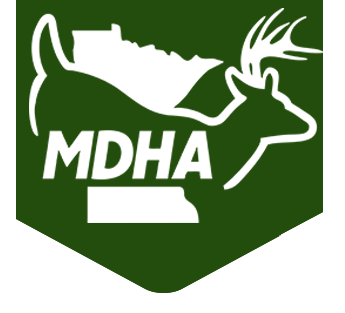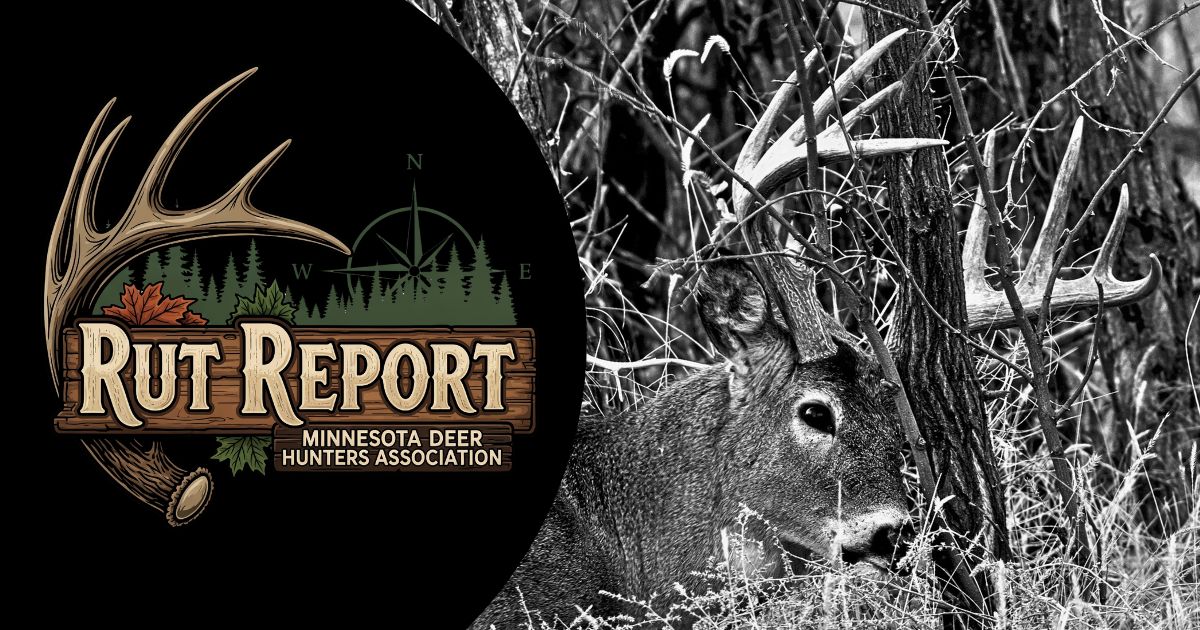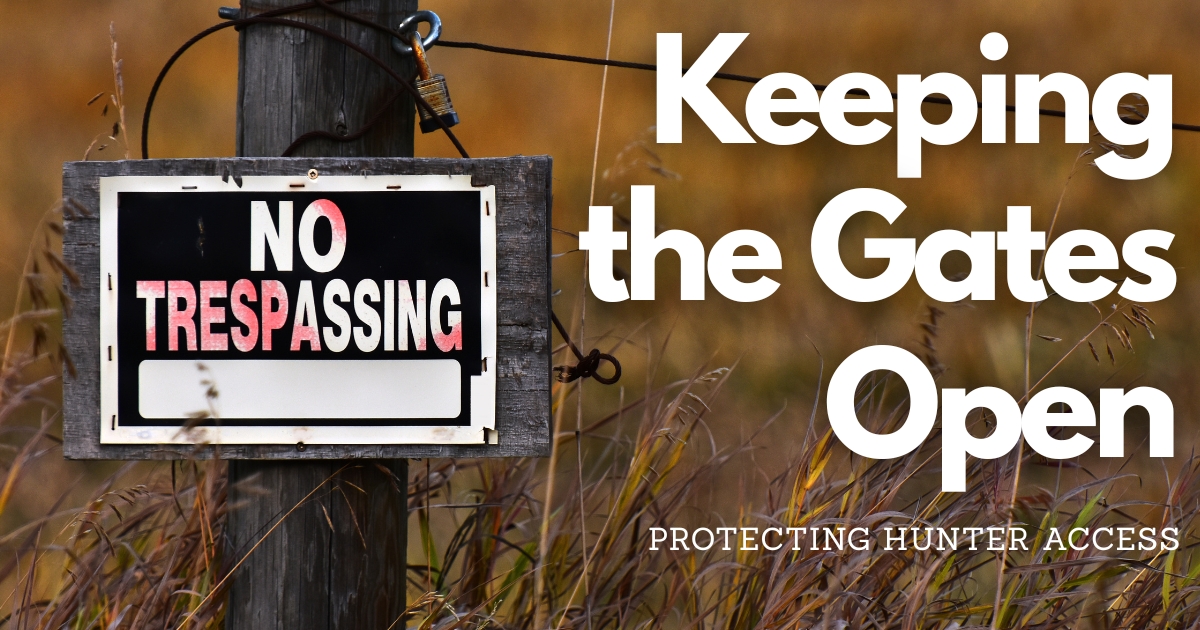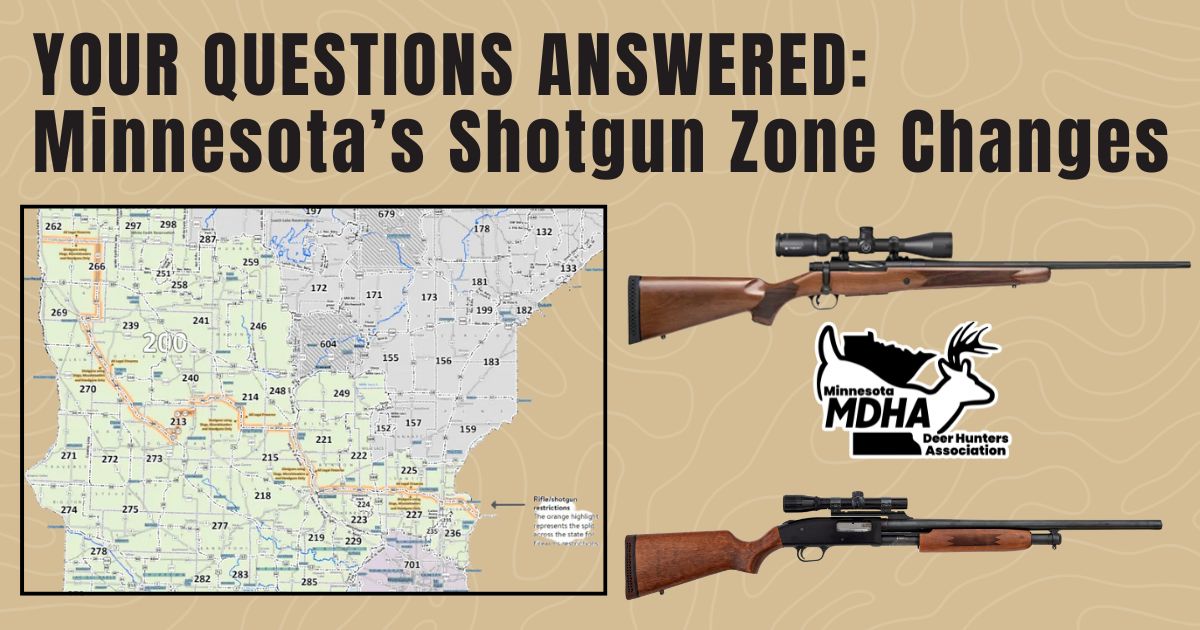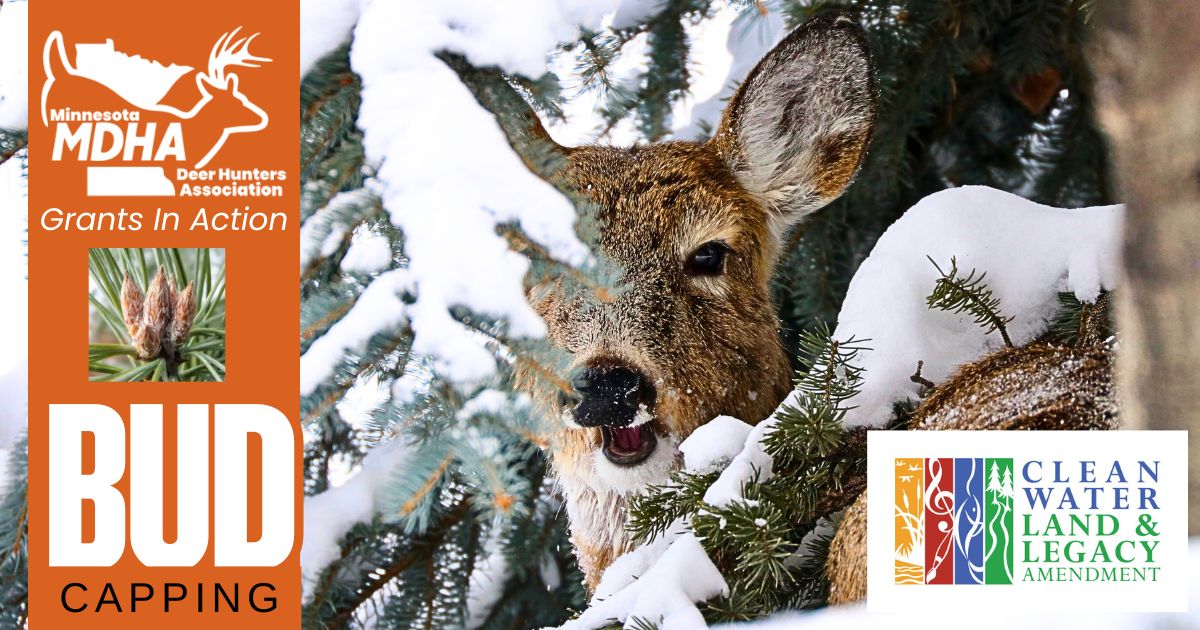
- MDHA Admin
- MDHA News
- Hits: 3242
How Bud Capping Protects Trees and Benefits Whitetail Deer
- MDHA Admin
- MDHA News
- Hits: 3242
When it comes to maintaining healthy deer populations and enhancing their habitats, seemingly small conservation practices can have a profound impact. One such powerful strategy is bud capping, a technique not widely known outside conservation and wildlife management circles but one that is vital to protecting the environment and supporting whitetail deer.
Whether you're a hunter, conservationist, or simply a wildlife enthusiast, understanding how bud capping works and why it's essential can help you appreciate the intricate connection between forest management and wildlife sustainability.
What is Bud Capping?
Bud capping is a technique used to protect young tree seedlings from being browsed by animals, particularly deer. During colder months, food for deer becomes scarce, causing them to turn to the buds of young trees as an accessible nutrition source. Unfortunately, this behavior can seriously hinder the growth and survival of the next generation of trees, leading to a long-term impact on both forest health and the wildlife dependent on it.
To prevent damage, bud capping involves covering the terminal buds (the uppermost growth buds) of saplings with a simple, protective barrier. These barriers are typically small pieces of paper or cardboard stapled over the buds during late fall, before winter browsing begins. The bud cap acts as a deterrent, preventing deer from accessing the vital growing point of the tree.
But how does this act of tree protection directly benefit deer? Let's take a closer look.
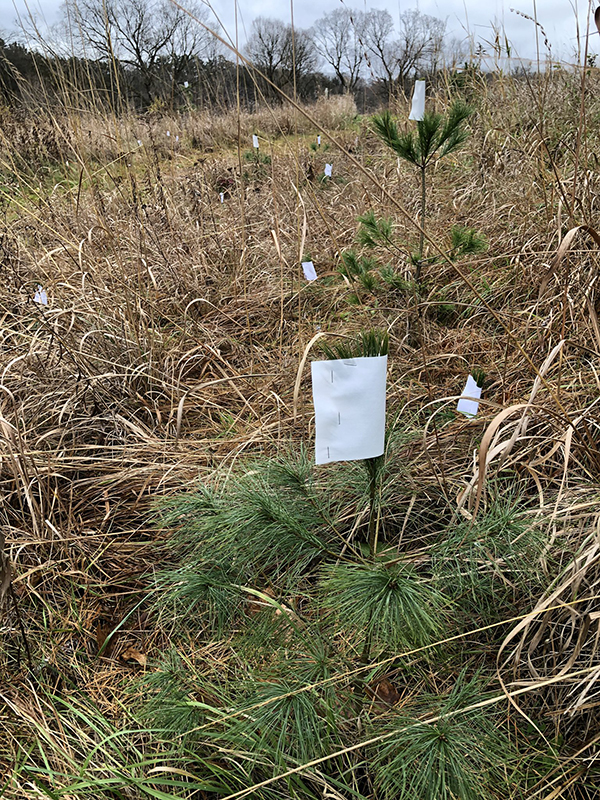
Why is Bud Capping Important for Whitetail Deer?
While the immediate purpose of bud capping is to safeguard young trees, its impact on whitetail deer is significant. Here's how:
1. Promotes a Healthy Forest Habitat
Trees, especially young saplings, play a vital role in a forest’s ecosystem. They provide shelter, food, and breeding grounds for whitetail deer and countless other species. By safeguarding saplings from over-browsing, bud capping ensures the continued growth of diverse woodland, which in turn fosters a sustainable habitat where deer can thrive.
2. Prevents Over-Browsing Depletion
When deer populations focus on the buds of particular tree species, over-browsing leads to selective depletion. This not only affects the tree’s growth but also disrupts the biodiversity of the forest. Bud capping helps balance browsing pressure, allowing regeneration of plants and trees crucial to a deer’s diet and the ecosystem's integrity.
3. Enhances Nutritional Options for Deer
By protecting saplings during winter months, bud capping ensures that they grow into mature trees and shrubs, which provide natural forage for deer in the future. This helps create a long-term solution to alleviate food scarcity for whitetails, reducing their dependency on areas with limited vegetation.
4. Creates Strategic Hunting Opportunities
For hunters, healthy deer populations in well-managed habitats mean better hunting prospects. Forests protected by bud capping efforts encourage consistent deer movement patterns and provide ample cover, leading to more ethical and successful hunting experiences.
How MDHA Supports Bud Capping for Conservation
The Minnesota Deer Hunters Association (MDHA) has recognized the importance of bud capping as part of our conservation efforts. Every year, MDHA facilitates grants for projects that include bud capping, emphasizing its role in improving deer habitat while ensuring the health of Minnesota’s forests for generations to come.
These programs are often collaborative, involving local communities, volunteers, and conservation groups. By working together, MDHA and our partners make a tangible impact in protecting young trees and preserving environments that whitetail deer depend on for survival and growth.
How to Get Started with Bud Capping
If you're passionate about contributing to deer conservation and forest protection, bud capping is an effective and accessible way to make an impact. Here's a quick guide to getting started:
1. Identify High-Risk Areas
Assess which areas are most at risk for deer browsing. Look for regions with dense deer populations or where sapling damage is visible.
2. Choose Your Materials
Bud caps are typically made from lightweight paper or cardboard. You can purchase pre-made caps or craft your own using recyclable materials. Ensure they are biodegradable to avoid any environmental impact.
3. Timing is Key
Late fall, before the onset of winter, is the ideal time to install bud caps. This ensures the saplings are protected before deer browsing peaks.
4. Install Bud Caps
Simply place the cap over the terminal bud of the sapling and staple it securely to the tree. Make sure the cap is snug enough to stay in place through changing weather but not so tight as to damage the sapling.
5. Follow Up
Revisit the capped trees in the spring to remove bud caps and check for damage. Regular follow-ups will help you assess the effectiveness of your efforts and make adjustments for the future.
Bud capping is an excellent example of how simple, low-cost measures can yield significant benefits for both forests and wildlife. By protecting young saplings, you’re not only contributing to healthier forests but also helping ensure thriving whitetail deer populations and promoting biodiversity.
This practice highlights the interconnectedness of ecosystems—and the role we all can play in maintaining that balance. Hunters, conservationists, and wildlife enthusiasts alike can participate in or support programs like those run by MDHA to make a lasting difference in our natural world.
If you're ready to get involved, consider volunteering with a local conservation group or supporting organizations like MDHA. Every effort, whether big or small, contributes to the larger picture of sustainable habitat management.
